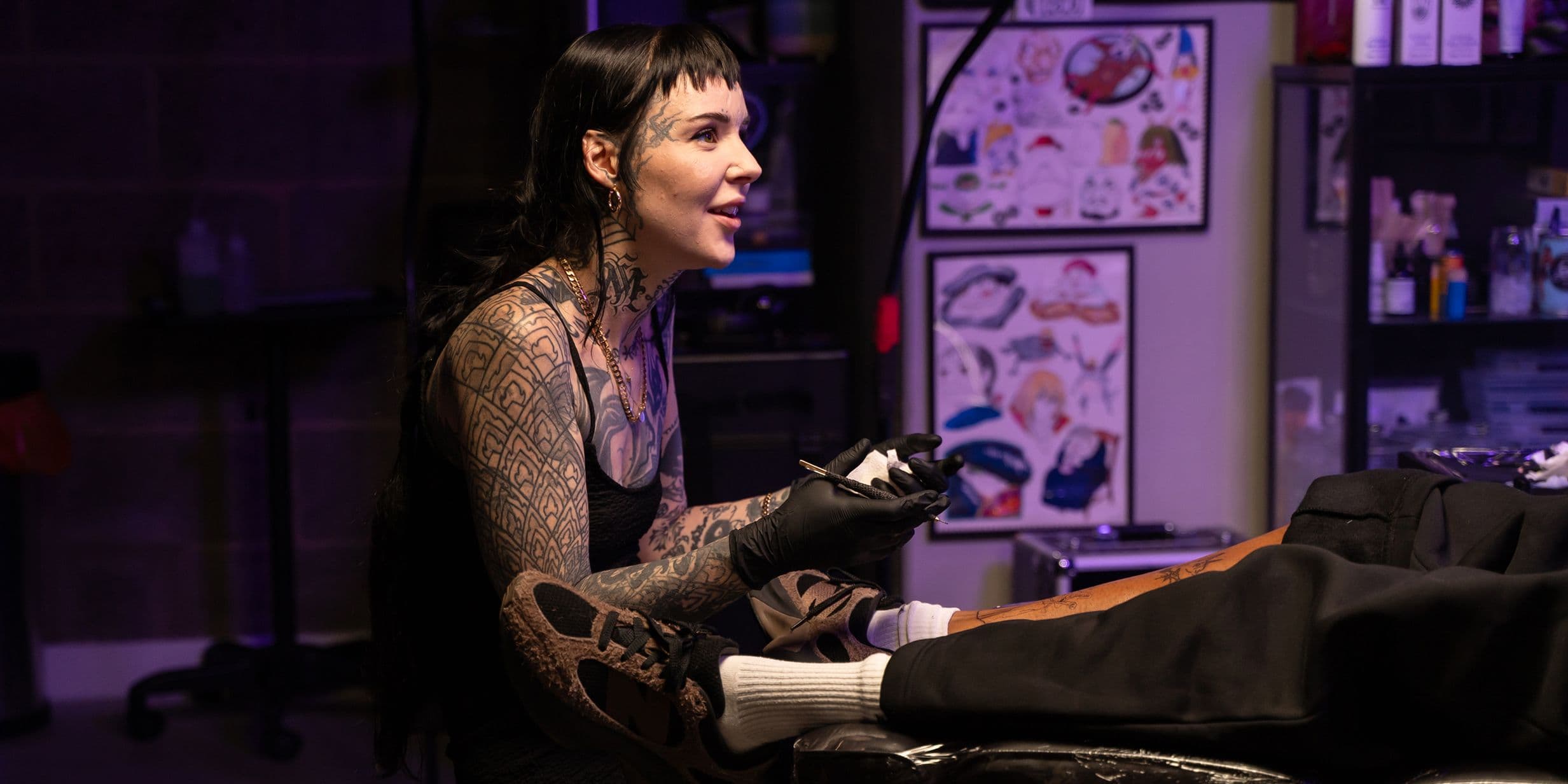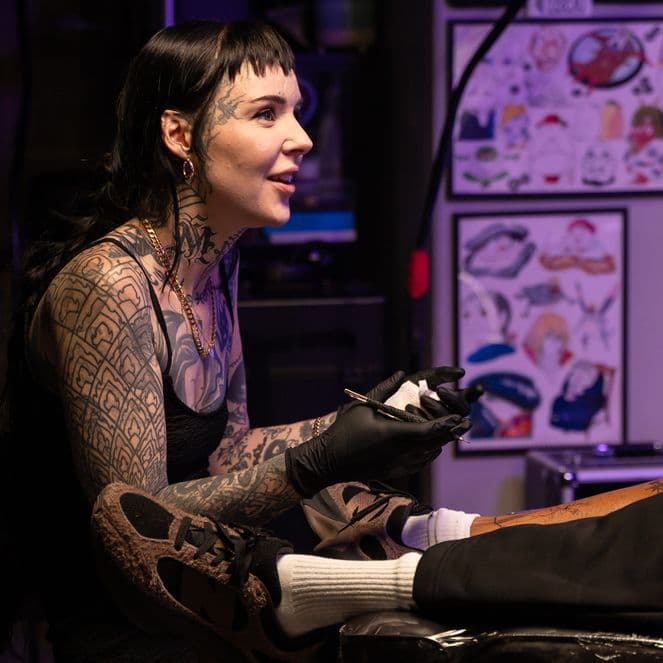Histoires
Memory Architects: the tattoo artist – Grace Neutral
In the first edition of our new series, we speak to Grace Neutral about how body art becomes a vessel for memory, healing and identity


Histoires
In the first edition of our new series, we speak to Grace Neutral about how body art becomes a vessel for memory, healing and identity


When someone approaches tattoo artist Grace Neutral with a memory they want to carry forever, the process begins with a conversation. Sometimes it’s through email, other times face-to-face in her studio, but it always revolves around trust and care. Together, she and her clients explore the story behind the memory, decide on placement and shape a design that feels both personal and lasting. For Grace, tattoos are far more than decoration – they’re living archives of emotion, healing and identity.
This approach is at the heart of Memory Architects, a new series exploring the diverse ways people help others preserve, process and express memory. In this edition, we spotlight Grace’s thoughtful practice, where body art becomes a permanent vessel for moments that might otherwise slip away. Tattoos are milestones, memorials and visual diaries – etched narratives that blend artistry with storytelling.
Photo: Eivind Hansen
It all started with my mum. She’s an artist and was obsessed with different cultural traditions, so our house was full of books about tribal art, including tattoos. As a kid, I’d sit there flipping through the pages in awe. I remember seeing Māori tā moko and Japanese irezumi and thinking, “Wow, these aren’t just pictures, they’re part of someone’s identity.” That blew my mind. It felt like discovering magic, realising you could carry your story on your skin. From that moment, I was hooked.
Becoming a tattoo artist wasn’t some big plan – it happened naturally. I started out in the body mod world as a piercer, working in a tattoo shop and soaking everything up. Over time, being surrounded by tattoos every day, I wanted to give it a go myself and I started doing hand-poke tattoos because it felt right to me. I was lucky enough to work with an incredible body modification artist, helping with procedures that taught me so much about anatomy and precision. Eventually, I opened my own studio in London called Femme Fatale. I ran it for seven years, and it was amazing – we built a real community and I got to collaborate with some incredible artists. After that, I moved to Bristol for a fresh start.




For me, tattoos and memory go hand in hand. People come to me to mark important moments in their lives. It could be the birth of a child, overcoming something difficult, remembering a loved one, or even just holding onto a mantra that got them through hard times. Much like a photo that you put in an album, a tattoo is a permanent snapshot – every time you see it, you feel that moment again. You’re literally engraving your story into your body, and that makes it powerful. Tattoos can be grounding, comforting and are constant reminders of what matters most.
One that has always stayed with me is about a boy called Cam. He had followed my work for years and, sadly, he ended up taking his own life. I only found out after his family reached out to me. His mum, dad and sister all came to get matching tattoos in his memory, and I tattooed them all in one day. It was emotional and heavy but also full of love. The family kept noticing signs that he was there with us. My playlists are completely random, but while I was tattooing Cam’s mum, one of his favourite songs, “I’m God” by Clams Casino, came on. It gave everyone chills. We cried, we hugged, and it felt like he was in the room with us. That day reminded me how deep tattooing goes. It’s not just about the ink – it can become a sacred space to grieve, to remember, and to feel close to someone who is gone.
Tattoos are completely unique because the canvas is a person and they grow and age with you. That’s as personal as it gets. A painting can hang on a wall, but a tattoo is with you every day. There’s also some pain, which makes the whole experience more meaningful – enduring that process makes the memory stronger. And because of all this, tattooists and clients often form deep bonds. Some of my clients have become close friends. Tattooing is sacred to me – it’s art that becomes part of your life forever.
Definitely. A tattoo is both. It’s a reminder that keeps someone or something close to you, but the process of getting it can also be a release. I’ve seen people walk out of the studio lighter, saying they finally feel like they’re carrying their loved one with them in a way that gives them peace. Someone once described their tattoo as “an external scar for an internal scar”. That really stayed with me. Tattoos allow people to honour the past while also moving into a new chapter. They remind you of where you’ve been, but also show how far you’ve come.
Yes, loads. I always say my tattoos are like my diary. They’re a record of my life, my memories, my people and my lessons. Most of them are personal so I don’t usually share all the stories, but I have a rose with my best friend Norm’s name, in honour of him after he passed away. I also have one on my neck, which is a tribute to all my animals, past and present. Whenever I miss them, I touch it or see it in the mirror and it feels like they’re still with me.